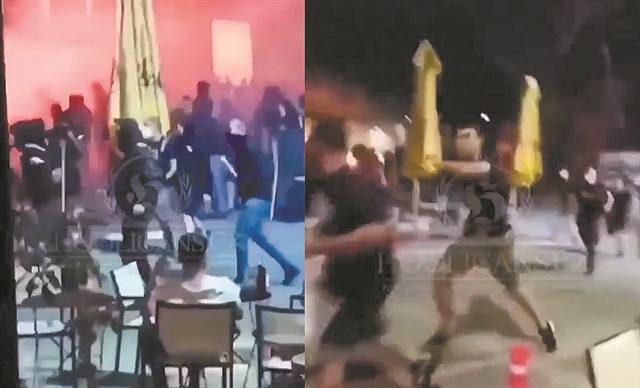
Eight major omissions, errors cause Greek police’s botched attempt to prevent Dinamo Zagreb hooligan rampage in NW Athens
Police errors at the Elefsina juncture, the Attiki Odos tollway; confusion over the ‘vanished’ hooligan convoy and mistaken assessments that led to the Nea Philadelphia carnage
Spotlight
-

Στη φυλακή γνωστός δικηγόρος της Αθήνας για βιασμό ανηλίκων - «Είναι επικίνδυνος» λέει ένα από τα θύματα
-

Εφαρμογή της βίζας εξπρές για Tούρκους πολίτες και για τα 10 νησιά του Αιγαίου
-

Το ρομπότ Sophia έθεσε νέο… Κρητικό Ζήτημα – «Η Κρήτη θα μπορούσε να ήταν αυτόνομο κρατίδιο»
-

Τρόφιμα που δεν πρέπει ποτέ να μαγειρεύετε στη φριτέζα αέρος - Ειδικοί κρούουν τον κώδωνα του κινδύνου
by Vasilis Lampropoulos
Angry reactions and heightened criticism of Greek Police’s (EL.AS) failure to prevent a deadly rampage by football hooligans – mostly Croatian “ultras” affiliated with Dinamo Zagreb, but also local trouble-makers – outside the Nea Philadelphia stadium continued this week.
A 29-year-old man, Michalis Katsouris, was fatally stabbed outside the venue in northwest Athens, the home field of AEK Athens, whose fans were ostensibly the “targets” of the Croatian hooligans. Several other people were injured, including a 13-year-old girl.
At least eight major omissions and mistakes are attributed to Greek police’s chain of command, ranging from ignoring official warnings from Croatian and Montenegro authorities of a suspicious convoy of vehicles headed towards Athens and the intent of the Dinamo hooligans being transported, to losing track of the vehicles as they entered the greater Athens area.
Specifically, Montenegro officials at the border with Albania recorded the license plates of 20 vehicles carrying the hooligans, who numbered between 120 and 150, by latest calculations, and officially passed on the information to Greek counterparts.
Along with notifications by Croatian authorities and Interpol, AEK FC’s management also notified Greek police of the pending arrival of “dangerous hooligans”.
Another warning was issued by an internal police department tasked with combating sports violence, which was also ignored. The warning cited the possibility of the arriving Croatian hooligans being hosted at a fan club house, in central Athens, operated by «ultras» of a rival – to AEK – football team.
One point of confusion on the part of police, in fact, is whether the group of Croatian hooligans were headed to AEK’s home field or to central Athens, where they would spend the night.
The litany of mistakes on Monday also includes a more-or-less vague order issued by Greek police headquarters to regional commands – replete with the attached notifications by foreign law enforcement bodies – along the supposed route of the “hooligan convoy”, calling for measures to prevent “unlawful behavior against individuals and property” but lacking any specific order to prevent the vehicles from continuing towards their destination.
Based on reliable sources, at least three of the “hooligan convoy” vehicles were searched by customs officers at the Kakavia border post on the frontier with Albania, in extreme northwest Greece. Nevertheless, the convoy of vehicles was “lost” by authorities along the state-of-the-art Ioannina-Antirrio tollway that extends north-south along western Greece. Police commands along this closed highway reportedly said they were unaware of the convoy’s presence or course. The hooligan-laden vehicles, which included vans, were only detected much further to the south, at the Kiato toll booth in the northern Peloponnese, roughly 100 kilometers west of the greater Athens area at this point.
Following the sudden «re-detection» of the hooligan convoy, Greek police headquarters orders a “mobilization” at the Elefsina toll booth, which leads into the greater Athens-Piraeus area from the west. However, the “mobilization” includes only two motorcycle police officers, with “vague information and tight time constraints” preventing the dispatch of a greater police force needed to fully block the convoy’s passage.
The same sole motorcycle unit, two officers, continued to monitor the convoy as it entered the Attiki Odos tollway in northern Athens. At this point, according to reports, police against lost track of the hooligan convoy, while considering an erroneous assumption that the group was headed to downtown Athens instead of the Nea Philadelphia district.
It’s only when staff at the electric rail line (ISAP) station of Irini (close to the Athens Olympic complex of OAKA) inform police of roughly 150 young men dressed in black, and many wearing face masks, entering south-bound carriages that authorities again located the group.
At the site of the rampage, the Opap Arena stadium in the Nea Philadelphia district, AEK’s home filed, police failed to send reinforcements earlier on Monday, even though the sports violence department briefed headquarters of the presence of numerous AEK fans at the site on the specific evening.
Finally, the arrival of riot police units at site is reportedly delayed, although top police officials said the units were on scene within eight to 10 minutes after being notified.
The entire group of foreign and local hooligans walked a total of 1.5 kilometers before reaching the stadium, arriving at roughly 11 p.m.
Most of the trouble-makers were detained, and later arrested at the spot as part of a large group. While the large majority are Croatian nationals, the other suspects include Greek nationals, a man with an Austrian passport, another identified as a Bosnian citizen, an Albanian and a German citizen.
Ακολουθήστε το in.gr στο Google News και μάθετε πρώτοι όλες τις ειδήσεις



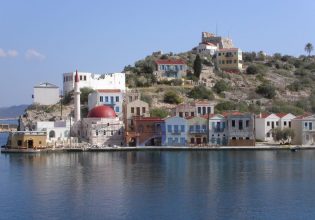






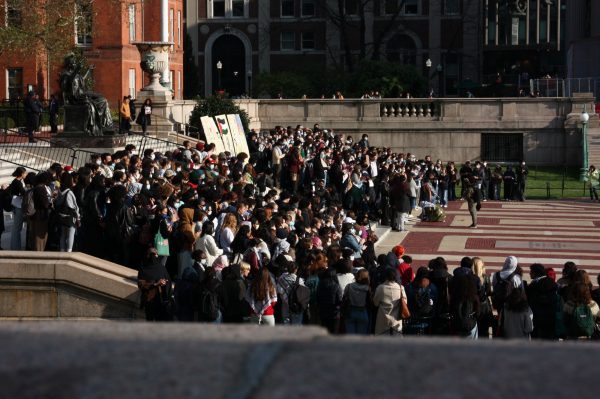





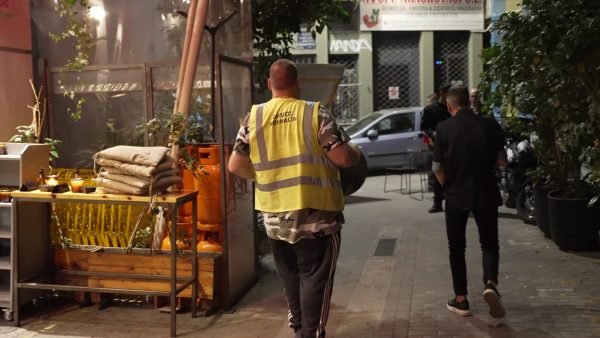




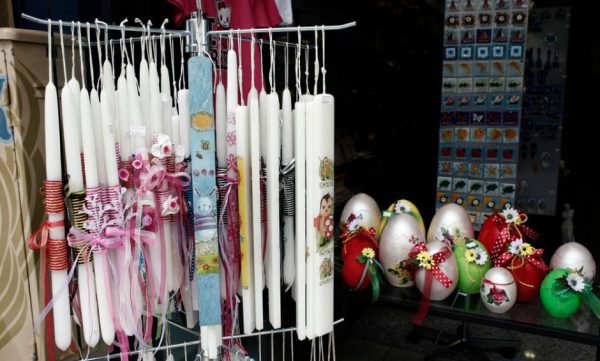





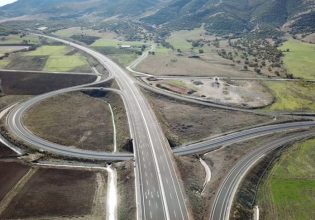





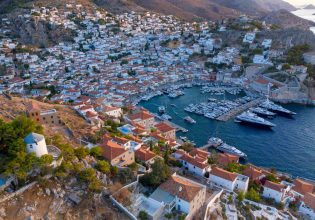
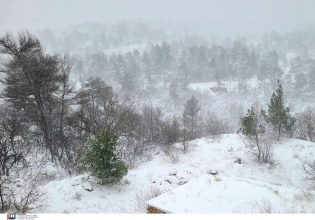
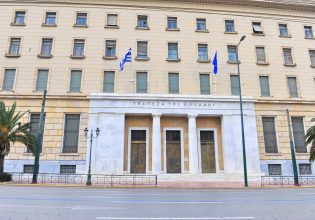


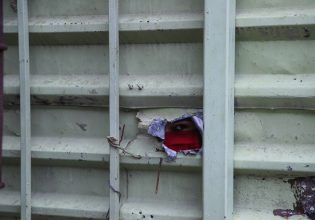




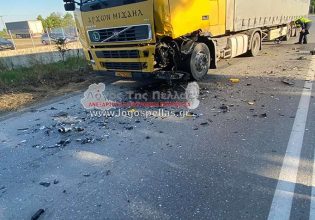

 Αριθμός Πιστοποίησης Μ.Η.Τ.232442
Αριθμός Πιστοποίησης Μ.Η.Τ.232442